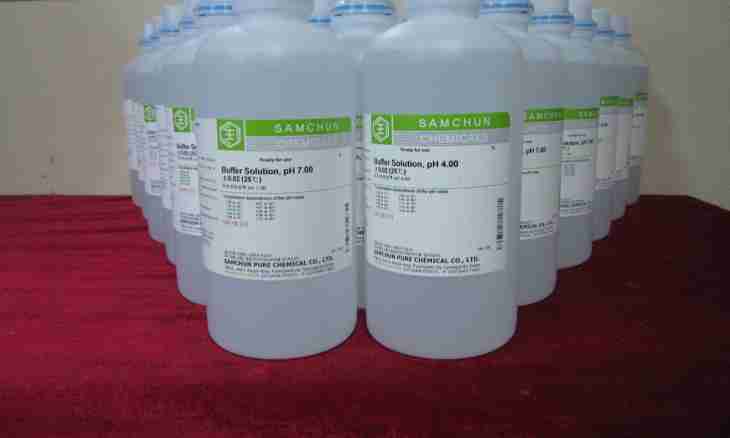Chloracetic acid is an acetic acid where one atom of hydrogen placed in methyl group is replaced with free atom of chlorine. It is received by processing of acetic acid chlorine.
What is it?
Most often chloracetic acid is received at trichloroethylene hydrolysis. Hydrolysis allows to receive chemically clean product at once, but it is necessary to consider that this technology means use only of the distilled water.
Use of chloracetic acid is rather broad. It is used for production of various dyes, drugs, synthetic vitamins, some pesticides. Besides, chloracetic acid is irreplaceable as the surfactant (S).
The second way after hydrolysis of trichloroethylene of receiving chloracetic acid is the technology of processing by chlorine of usual acetic acid in the presence of inorganic catalysts. It can be acetic anhydrite, sulfur or phosphorus. Formula of chloracetic CH2Cl-COOH acid: CH3-COOH+Cl2 ↑→ => CH2Cl-COOH+HCl. Physically chloracetic acid has an appearance of the hygroscopic, transparent crystals melting at a temperature of 61.2 wasps and boiling at a temperature of 189.5 wasps. Crystals of chloracetic acid are easily dissolved in water, alcohol, acetone, benzene, tetrachloride carbon.
Dangerous component
It is necessary to remember that chloracetic acid extremely dangerous and toxic agent. Its hit to the food highway is capable to lead to a lethal outcome. At contact of integuments with chloracetic acid the severe, long not healing burns are inevitable. Steam inhalation of acid causes pneumonia and also the upper and lower airways. The workers occupied on production of chloracetic acid suffer because of violation of the rules of safety measures from problems with sense of smell, chronic rinofaringita, peeling and dryness of skin. Besides, because of long contact with aggressive substances damages of epidermis of skin, the expressed dermatitis on a face, a neck, the upper and lower extremities develop. Chloracetic acid, appearing in insignificant quantities in a human body, breaks up in thiodiacetic acid which is freely removed from an organism. Naturally, it is necessary to avoid any contacts with chloracetic acid, but if it is impracticable, then it is necessary to observe the following precautionary measures: to inadmissibly inhale fumes of acid, it is for this purpose important to use personal protection equipment (gas masks, respirators). It is necessary to avoid any contacts with acid, using for this purpose special overalls, goggles, rubber boots and gloves.

